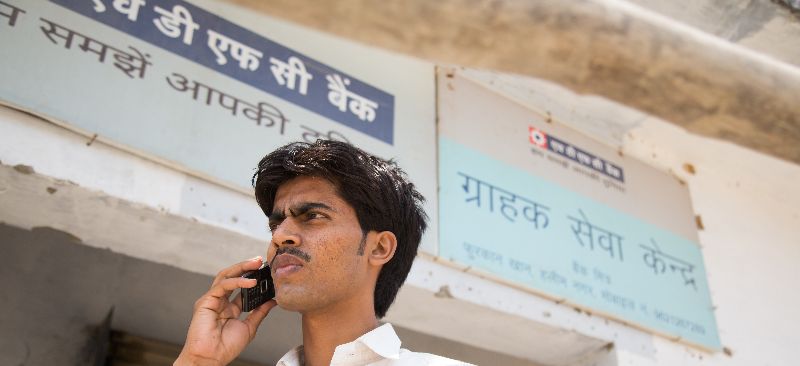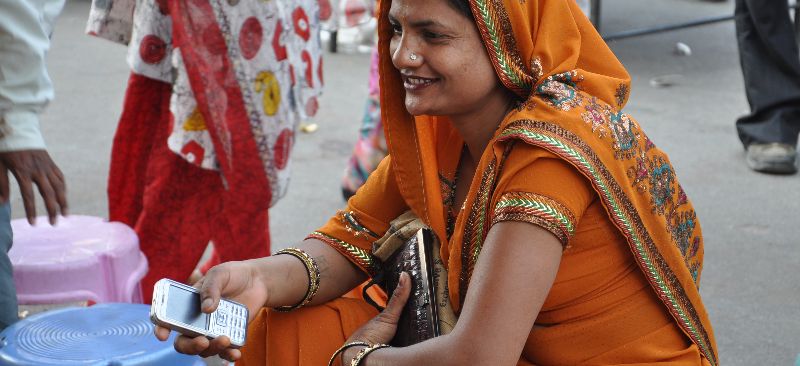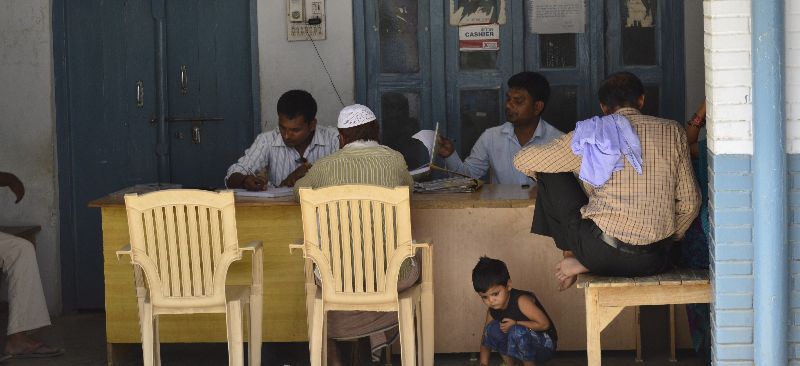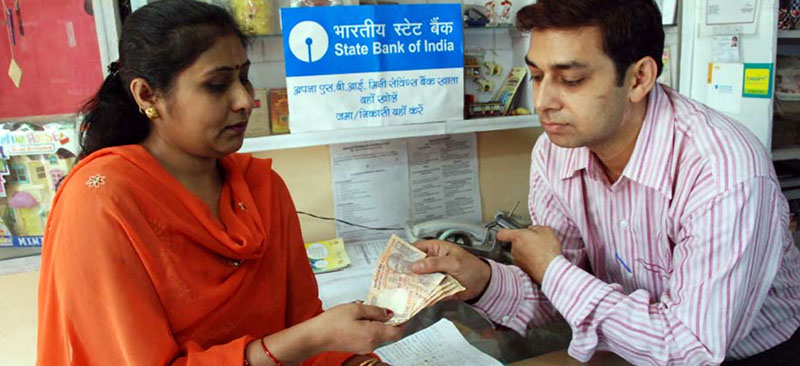This note examines the perceptions and demands of agents – the front-line of m-banking solutions. It concludes that although present mobile banking solutions as currently provided in India do offer value to agents in terms of increased footfall, some increased revenues, opportunity to cross-sell etc., they still have a long way to go in terms of value offered to make it really attractive business proposition for agents to encourage mass uptake. That would require: 1. scale to bring more customers on to the m-banking platform; and 2. that those customers are transacting regularly. Driving regular transactions would require a strong and wider customer value proposition like remittances, savings products, payment products etc. in addition to the current basic savings account offering deposit and withdrawal facilities.
Blog
Listening to Clients of M-Banking in India
This note examines the perceptions and demands of clients – the end-users of m-banking solutions. It concludes that m-banking services currently offered to the low income market in India do offer value to clients in terms of easy account opening procedures, easy deposit and withdrawal facilities, ability to deposit any amount any time etc. However, there remains significant scope for improving these services to encourage mass uptake and increased usage of the accounts offered. Diversifying the range of services offered would provide an improved value proposition for both customers, who could use m-banking for a wider range of uses.
Consolidation of MFIs – Need and Challenges
This note focuses on consolidation of microfinance firms in India. Many would argue that the Indian microfinance sector has too many small players, and that it will move for mergers and acquisitions sooner or later. Private equity firms have been very active in Indian microfinance – indeed, Indian MFIs have comprised nearly 40% of all private equity transactions in the country during the past two years (JP Morgan-CGAP Microfinance Survey 2010). The note outlines some of the challenges which the MFIs will have to undergo in case of consolidation, and suggests that valuation and institutional cultural differences will be the major challenges.
New Trends in Agriculture: Micro Finance Focus on Poverty Part 1
In this video Renée Chao-Beroff, Director, Microfinance Department, CIDR; General Manager, Pamiga tells that agricultural microfinance has developed despite the challenges that it faces. She explains the rise in demand for agriculture products especially in the emerging markets and how the rural population are mitigating risks through diversifying their produce. She adds that new actors, new opportunities and new behavious in the rural areas have a profound impact on poor people’s access to finance.This changed environment establishes more stability to the agriculture practice thereby facilititating the need for agriculture credit.
Social Performance Management in India: Seeking a Market-led Approach
Social Performance Management (SPM) – putting mission into practice – is increasingly relevant to the Indian microfinance sector, which may be on the brink of a ‘perfect storm’: a push for high growth and expansion coupled with growing over-indebtedness of clients, increasing competition, aggressive collection practices and the entry of private equity and investors looking for returns. With so much at stake, Indian MFIs need to find a greater balance between their social and financial bottom lines. Market-led SPM can help to ensure an MFI meets its mission and manages these growing risks while improving overall performance. In sum, a market-led approach to SPM is one part “truth in advertising”, one part “risk management” and one part “common business sense”.
Savings Booklet
The Savings is the third publication under the Optimising Performance and Efficiency (OPE) Series. The OPE Series brings together key insights and ideas on specific topics, with clear objective of providing microfinance practitioners with practical and actionable advice.
This Savings Booklet brings together a set of brief publications which delve into MicroSave’s rich sectoral expertise and experience and combines it with the views and opinions of leading practitioners so as to stress on the need for savings services among the underprivileged clients, highlight the opportunities presented for delivery of such services and some challenges encountered in the provision of savings services to the poor. It highlights many of the opportunities, needs, issues and challenges facing those who would provide appropriate, market-led savings services for the poor.
The compendium is divided into three main sections:
The Demand for Savings Services Amongst the Poor
Opportunities and Challenges of Supplying Savings Services to the Poor
Regulatory Issues




